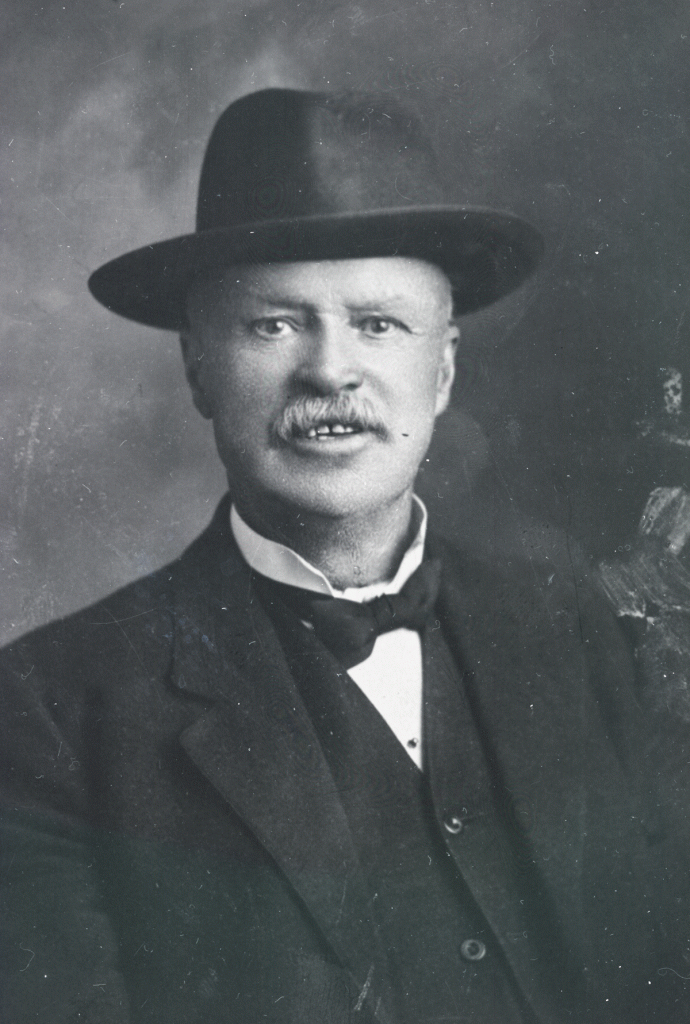On a chilly evening in early November, 1906, Dr. LeCompte received a desperate call from Deer Valley. A neighbor of long-time Park City resident George Jacobson had found him asleep and barely breathing with an empty morphine vial beside his bed. Dr. LeCompte rushed to the scene and administered stimulants to revive Mr. Jacobson. Nothing could be done; he was pronounced dead later that night.
On November 10, 1906, the Park Record reported the “Morphine Poisoning” and postulated that, “Some indications would lead one to suppose that [suicide] was the case, while other facts, mainly the one that the victim was in the habit of using the drug, leads to the belief that it was merely an overdose which caused the death.” Such events were, tragically, all too common in America at the turn of the twentieth century.

Credit: Park City Historical Society & Museum, Pop Jenks Collection
Morphine, the principal alkaloid of opium, was the therapeutic opiate of choice through the nineteenth century. Unlike smoking opium, morphine was produced and distributed through pharmacies and physicians. Its highly addictive qualities are well known, and though doctors used it indiscriminately, some individuals were at higher risk of addiction than others. As demonstrated by the research of David Courtwright, at the turn of the century, addicts were most likely to be middle aged, have available income and access to medical attention, and suffer from persistent pain.
George Jacobson fit the profile of an individual at risk for morphine addiction. A resident of Park City for 25 years, he started work as a miner and later went into prospecting and real estate. When he passed away at age 63, he was unemployed but financially affluent; the article states that over the years he had been successful in sales of his multiple properties and that a significant amount of cash was found among his property. Mr. Jacobson also suffered from chronic pain, possibly from an injury sustained during his mining days. The Park Record explains, “It is understood that the deceased was in the habit of using morphine for a physical ailment with which he suffered, and it is probable that he took an overdose in order to relieve the pain.”
Doctors were eager to prescribe morphine in an era where there was little more they could do, and patients were more than happy to take their medicine, which rendered them not only pain free, but ecstatic. Physicians gave injections or left the morphine and syringe with the patients to administer themselves, which increased the risk for addiction and overdose. It is likely that Mr. Jacobson’s doctor prescribed him morphine to self-manage his chronic pain; this is further evidenced by the vial found beside his bed, and the “…new hypodermic syringe also found among his belongings.”
Opiates remain essential to medicine today, and opiate addiction continues to afflict many Americans, though on a much smaller scale than a century ago.
The Park City Historical Society & Museum is celebrating 30 years of preserving, protecting, and promoting Park City’s history and heritage.